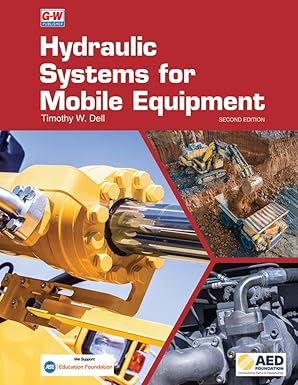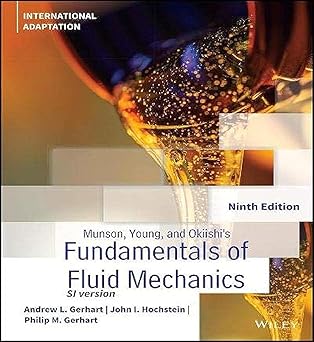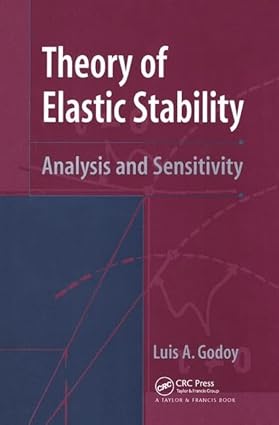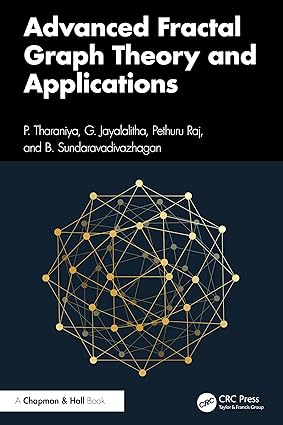This book introduces students to the theory and practice of control systems engineering.
The text emphasizes the practical application of the subject to the analysis and design of
feedback systems.
The study of control systems engineering is essential for students pursuing degrees in
electrical, mechanical, aerospace, biomedical, or chemical engineering. Control systems are
found in a broad range of applications within these disciplines, from aircraft and spacecraft
to robots and process control systems.
Control Systems Engineering is suitable for upper-division college and university
engineering students and for those whowish tomaster the subjectmatter through self-study.
The student using this text should have completed typical lower-division courses in
physics and mathematics through differential equations. Other required background
material, including Laplace transforms and linear algebra, is incorporated in the text, either
within chapter discussions or separately in the appendixes. This review material can be
omitted without loss of continuity if the student does not require it.
Key Features
The key features of this eighth edition are:
• Standardized chapter organization
• Qualitative and quantitative explanations
• Examples, Skill-Assessment Exercises, and Case Studies throughout the text
• Cyber Exploration Laboratory and Hardware Interface Laboratory, and
Virtual Experiments
• Abundant illustrations
• Numerous end-of-chapter problems
• Emphasis on design
• Flexible coverage
• Emphasis on computer-aided analysis and design including MATLAB1 and
LabVIEW2
• Icons identifying major topics
Let us look at each feature in more detail.
Highly regarded for its accessibility and focus on practical applications, Control Systems Engineering offers students a comprehensive introduction to the design and analysis of feedback systems that support modern technology. Going beyond theory and abstract mathematics to translate key concepts into physical control systems design, this text presents real-world case studies, challenging chapter questions, and detailed explanations with an emphasis on computer aided design. Abundant illustrations facilitate comprehension, with over 800 photos, diagrams, graphs, and tables designed to help students visualize complex concepts.
Multiple experiment formats demonstrate essential principles through hypothetical scenarios, simulations, and interactive virtual models, while Cyber Exploration Laboratory Experiments allow students to interface with actual hardware through National Instruments’ myDAQ for real-world systems testing. This emphasis on practical applications has made it the most widely adopted text for core courses in mechanical, electrical, aerospace, biomedical, and chemical engineering. Now in its eighth edition, this top-selling text continues to offer in-depth exploration of up-to-date engineering practices.
چکیده فارسی
این کتاب دانشجویان را با تئوری و عملی مهندسی سیستم های کنترل آشنا می کند.
متن بر کاربرد عملی موضوع در تحلیل و طراحی
تاکید دارد
سیستم های بازخورد.
مطالعه مهندسی سیستم های کنترل برای دانشجویانی که در رشته
تحصیل می کنند ضروری است
مهندسی برق، مکانیک، هوافضا، زیست پزشکی یا مهندسی شیمی. سیستم های کنترل
هستند
در طیف گسترده ای از کاربردها در این رشته ها، از هواپیما و فضاپیما
یافت می شود
به روبات ها و سیستم های کنترل فرآیند.
مهندسی سیستم های کنترل برای کالج و دانشگاه های بخش بالا مناسب است
دانشجویان مهندسی و برای کسانی که مایلند از طریق خودآموزی بر این موضوع مسلط شوند.
دانشآموزی که از این متن استفاده میکند باید دورههای کلاس پایینتر را در
گذرانده باشد
فیزیک و ریاضیات از طریق معادلات دیفرانسیل. پس زمینه مورد نیاز دیگر
مواد، از جمله تبدیل لاپلاس و جبر خطی، در متن گنجانده شده است، یا
در بحث های فصل یا به طور جداگانه در ضمیمه ها. این مطالب بررسی می تواند
باشد
اگر دانش آموز به آن نیاز نداشته باشد، بدون از دست دادن تداوم حذف می شود.
ویژگی های کلیدی
ویژگی های کلیدی این ویرایش هشتم عبارتند از:
• سازماندهی فصل استاندارد
• توضیحات کمی و کیفی
• مثالها، تمرینهای ارزیابی مهارت، و مطالعات موردی در سراسر متن
• آزمایشگاه اکتشاف سایبری و آزمایشگاه رابط سخت افزاری، و
آزمایش های مجازی
• تصاویر فراوان
• مشکلات متعدد انتهای فصل
• تاکید بر طراحی
• پوشش انعطاف پذیر
• تاکید بر تحلیل و طراحی به کمک کامپیوتر از جمله MATLAB1 و
LabVIEW2
• نمادهایی که موضوعات اصلی را شناسایی می کنند
اجازه دهید هر ویژگی را با جزئیات بیشتری بررسی کنیم.
به دلیل قابلیت دسترسی و تمرکز بر کاربردهای عملی، مهندسی سیستمهای کنترل مقدمهای جامع برای طراحی و تجزیه و تحلیل سیستمهای بازخوردی که از فناوری مدرن پشتیبانی میکنند به دانشجویان ارائه میدهد. فراتر از نظریه و ریاضیات انتزاعی برای ترجمه مفاهیم کلیدی به طراحی سیستم های کنترل فیزیکی، این متن مطالعات موردی در دنیای واقعی، سوالات فصل چالش برانگیز و توضیحات مفصل را با تاکید بر طراحی به کمک کامپیوتر ارائه می دهد. تصاویر فراوان، با بیش از 800 عکس، نمودار، نمودار، و جداول که برای کمک به دانشآموزان در تجسم مفاهیم پیچیده طراحی شدهاند، درک مطلب را تسهیل میکنند.
قالبهای آزمایشی چندگانه اصول اساسی را از طریق سناریوهای فرضی، شبیهسازیها و مدلهای مجازی تعاملی نشان میدهند، در حالی که آزمایشهای آزمایشگاهی اکتشاف سایبری به دانشآموزان اجازه میدهد تا با سختافزار واقعی از طریق myDAQ National Instruments برای آزمایش سیستمهای دنیای واقعی ارتباط برقرار کنند. این تأکید بر کاربردهای عملی، آن را به پرکاربردترین متن برای دوره های اصلی در مهندسی مکانیک، برق، هوافضا، زیست پزشکی و مهندسی شیمی تبدیل کرده است. اکنون در هشتمین ویرایش خود، این متن پرفروش به ارائه کاوش عمیق در شیوه های به روز مهندسی ادامه می دهد.
ادامه ...
بستن ...
ISBN: 978-1-119-47422-7 February 2019 688 Pages
Format: True pdf
Size: 40mb
ادامه ...
بستن ...










